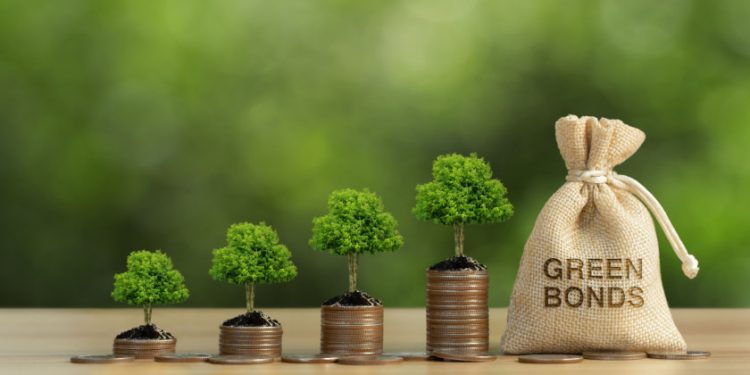This article introduces six types of green bonds in the market.
There is no universal classification system for green bonds, and this article refers to the green bonds from the World Bank and the Climate Bonds Initiative.
Related Post: Introduction to Seven Types of ESG Bonds
Use of Proceeds Bond
Use of Proceeds bonds refer to bonds used for green projects, which are rated similarly to other bonds of the issuer and have equal status. The repayment of these bonds is related to the responsibility of the issuer’s entire assets. The world’s first green bond issued by the European Investment Bank falls into this category. Currently, the majority of green bonds in the market are Use of Proceeds bonds.
Use of Proceeds Revenue Bond
Use of Proceeds revenue bonds refer to bonds used for green projects. The difference between these bonds and Use of Proceeds bonds is that the former obtain repayments through taxation, fees, and other means. These revenues may not be related to green projects, but they are equally unrelated to the issuer’s overall assets. For example, a green bond issued by a institution based on its electricity revenue can be considered as a Use of Proceeds revenue bond.
Project Bond
Project bond refers to bonds financed for specific green projects, and the repayment of these bonds is limited to the assets and revenues of the green project. For example, if a wind power project issues project bonds, the principal and interest of the bonds are borne by the assets of the wind power project, and are not related to the issuer itself.
Securitization Bond
Securitization bonds refer to bonds financed for multiple specific green projects, the repayment of which is the responsibility of the asset of all the green projects involved. For example, securitized bonds financing green buildings have its repayment of all green building projects in the package.
Covered Bond
Covered bonds refer to bonds used for financing green projects within the underwriting scope. The repayment of these bonds is the responsibility of the issuer’s entire assets, and if the issuer is unable to repay them, the entity providing the guarantee is responsible. For example, covered bonds issued by subsidiaries are generally guaranteed by the parent company.
Green Loan
Green loans refers to loans used for green projects, which can be divided into unsecured loans and secured loans. Unsecured loans are the responsibility of the borrower’s entire assets, while secured loans are similar to asset-backed bonds.
Reference:








